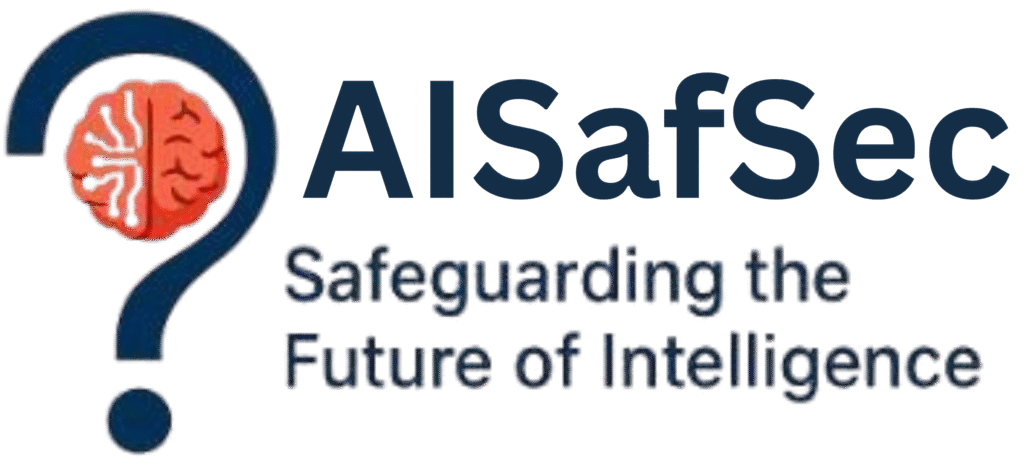AI safety has become a critical concern as artificial intelligence systems are increasingly embedded into high-stakes environments—from healthcare and finance to national security and infrastructure. Yet, despite growing attention to the topic, current training approaches often fail to fully prepare practitioners for the complexity and real-world demands of AI safety. One major gap in today’s AI safety training is the overemphasis on technical tools without integrating broader, interdisciplinary perspectives. Many programs focus primarily on algorithms, threat modeling, and adversarial attacks, but do not adequately explore how human psychology, ethics, social dynamics, and cultural values influence how AI systems are designed, used, and trusted. This narrow approach leaves practitioners with a fragmented understanding of safety, missing the nuance required to anticipate and prevent harm across different user groups and contexts.
Another significant issue is the lack of focus on real-world implementation. Even when safety principles are taught—such as fairness, robustness, transparency, and accountability—they are often presented in abstract or theoretical terms. Practitioners are left wondering how to translate these concepts into daily decision-making, system development, or team workflows. For example, how should a product manager balance business goals with safety concerns? How should a data scientist prioritize ethical considerations while under pressure to ship a model? Without practical training grounded in organizational realities, safety becomes an ideal rather than a practice.
Lastly, AI safety training often ignores the importance of regulatory literacy and global governance frameworks. With laws and guidelines rapidly evolving—such as the EU AI Act, the NIST AI Risk Management Framework, and OECD recommendations—professionals across roles need to understand not just the “how” of safety, but the “why” from a policy and legal perspective. Too often, regulatory insights are siloed to compliance teams, when in fact engineers, researchers, and designers should all be equipped with a working knowledge of these frameworks. This gap in policy awareness can lead to systems that are non-compliant, misaligned with public values, or at risk of future legal and reputational consequences.
Closing these gaps—interdisciplinary understanding, practical application, and policy fluency—is essential to building a workforce capable of navigating the real-world challenges of AI safety. As the pace of AI development accelerates, training programs must evolve beyond narrow technical instruction and equip professionals to think critically, act responsibly, and build systems that serve the public good.




